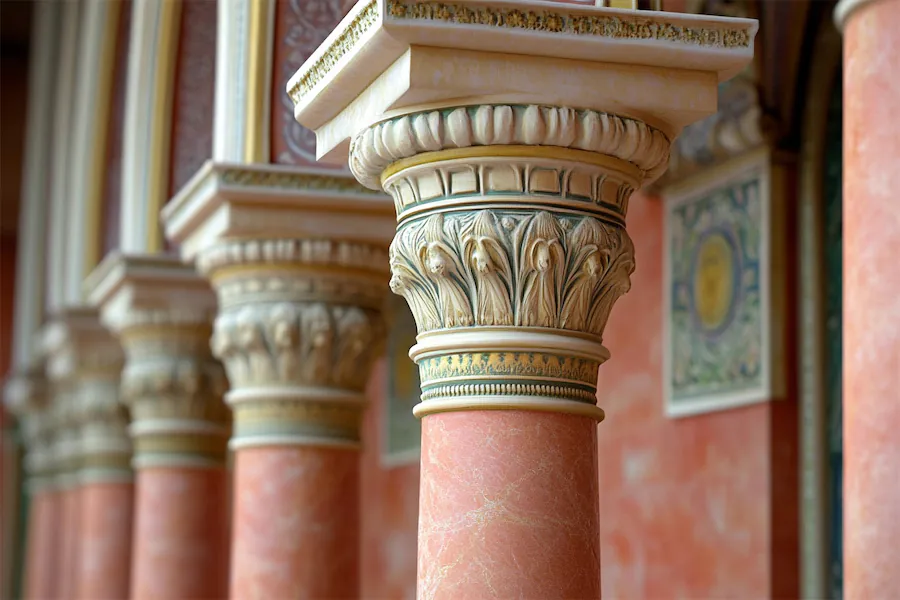The Belle Époque, spanning from the late 19th century to the onset of World War I, was a period marked by cultural flourishing and architectural innovation in Europe, particularly in France. During this era, architectural columns played a significant role in defining the aesthetic of buildings, blending classical influences with emerging Art Nouveau styles.
Introduction to Belle Époque Columns
Belle Époque columns are notable for their blend of traditional classical elements and the organic, flowing lines characteristic of Art Nouveau. These columns were integral to the design of public buildings, theaters, and grand residences, contributing to the era’s distinctive architectural elegance.
History and Origins of Belle Époque Columns
The Belle Époque period was characterized by optimism, economic prosperity, and technological progress, which were reflected in its architecture. Architects drew inspiration from classical Greek and Roman designs, incorporating columns as structural and decorative elements. Simultaneously, the rise of Art Nouveau introduced more naturalistic and sinuous forms, leading to columns that often featured floral motifs and curved lines.
Key Features of Belle Époque Columns
Belle Époque columns exhibit several distinctive characteristics:
- Materiality: Columns from this period were constructed using a variety of materials, including stone, marble, and cast iron. The use of cast iron, in particular, allowed for more intricate designs and was a hallmark of the era’s architectural innovation.
- Design: While some columns adhered to classical orders—Doric, Ionic, and Corinthian—others embraced the Art Nouveau style, featuring organic forms, floral patterns, and asymmetrical shapes. This fusion created a unique aesthetic that distinguished Belle Époque architecture.
- Functionality: Beyond their structural role, these columns often served as decorative focal points in buildings, enhancing the visual appeal of facades and interiors. They were commonly found in theaters, grand hotels, and public edifices, symbolizing the opulence of the era.
Applications of Belle Époque Columns
In Belle Époque architecture, columns were utilized in various ways:
- Supporting Structures: Columns provided essential support for large open spaces in theaters and exhibition halls, enabling expansive interiors free from obstructive walls.
- Decorative Elements: Elaborately designed columns adorned building facades and interiors, contributing to the ornate aesthetic that defined the period.
- Public Spaces: Columns were also prominent in public infrastructure, such as the iconic Morris columns in Paris, which served both functional and decorative purposes by displaying advertisements.
Considerations When Choosing Belle Époque Columns
When selecting or designing columns inspired by the Belle Époque style, several factors should be considered:
- Aesthetic Alignment: Ensure that the column design complements the overall architectural style of the building, harmonizing classical elements with Art Nouveau influences as appropriate.
- Material Selection: Choose materials that reflect the authenticity of the period while meeting modern structural requirements and durability standards.
- Artistic Detailing: Incorporate intricate designs and motifs characteristic of the era to capture the ornamental essence of Belle Époque architecture.
Conclusion
Belle Époque columns are emblematic of a transformative period in architectural history, merging classical traditions with innovative Art Nouveau designs. Their enduring appeal lies in their intricate beauty and the way they encapsulate the optimism and creativity of the era.
